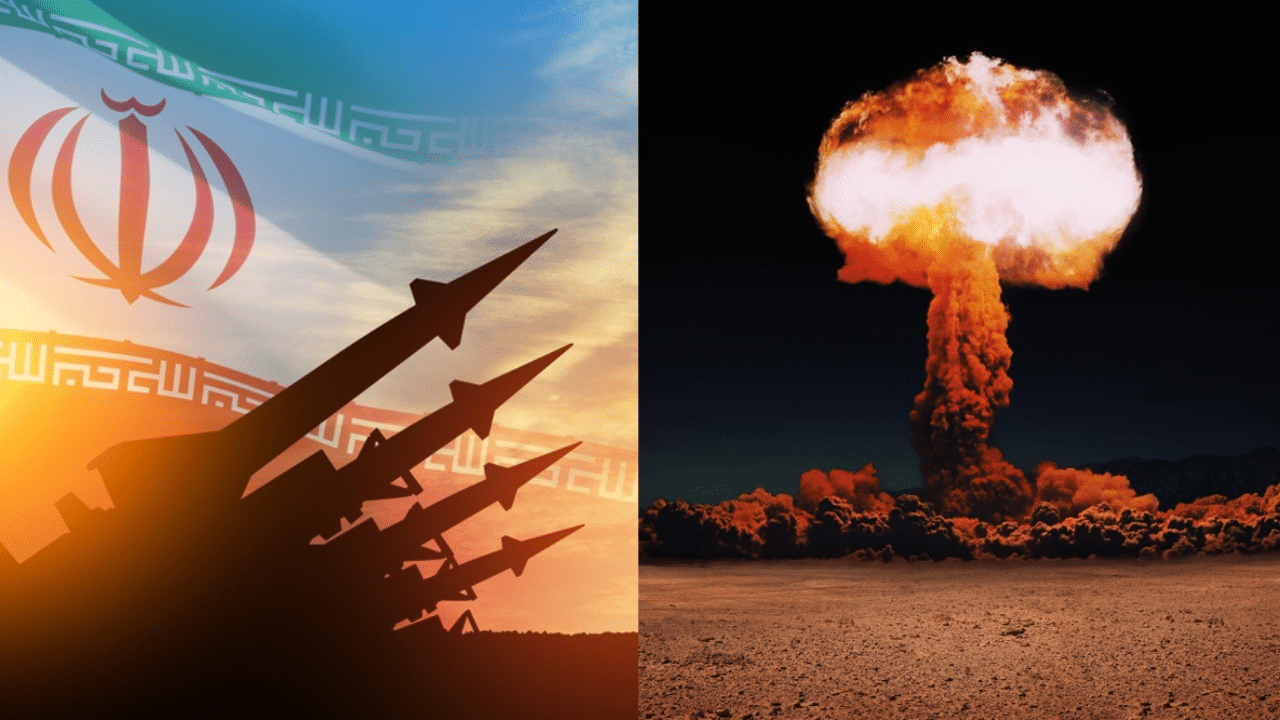(ETH) – The federal government on Monday declared a water shortage on the Colorado River for the first time, triggering mandatory water consumption cuts for states in the Southwest, as climate change-fueled drought pushes the level in Lake Mead to unprecedented lows.
According to CNN, Lake Mead, the largest reservoir in the US by volume, has drained at an alarming rate this year. At around 1,067 feet above sea level and 35% full, the Colorado River reservoir is at its lowest since the lake was filled after the Hoover Dam was completed in the 1930s.
Lake Powell, which is also fed by the Colorado River and is the country’s second-largest reservoir, recently sank to a record low and is now 32% full. “It’s very significant,” Brad Udall, senior water and climate scientist at Colorado State University, told CNN.
“It’s something that those of us in the climate community have been worried about for over a decade, based on declining flows due to climate change.” USA Today revealed that the reservoir near Las Vegas has fallen to its lowest levels since Hoover Dam was built in the 1930s and is continuing to drop after years of chronic overuse and drought intensified by climate change.
It now stands at just 35% of full capacity. With the reservoir projected to continue dropping, state officials from Arizona, California, and Nevada said they’ve begun meeting to talk about additional steps to reduce the risks of Lake Mead falling to critically low levels. Federal water managers said the first shortage declaration shows how severe the drought has become and how climate change is having serious effects on the river, which provides water for about 40 million people.


















